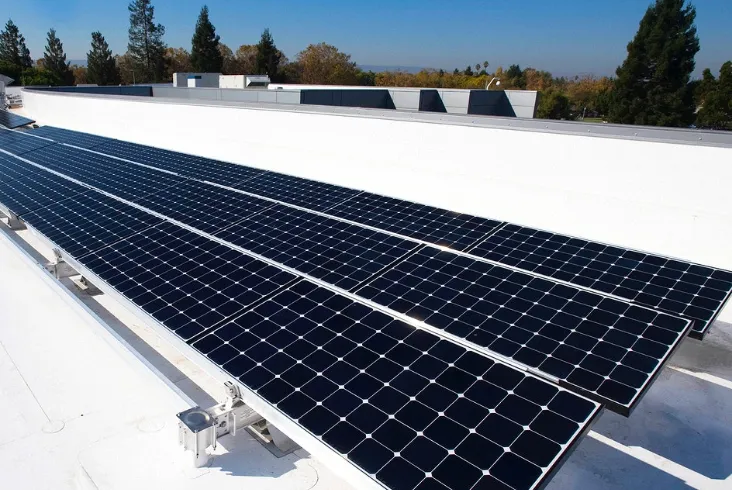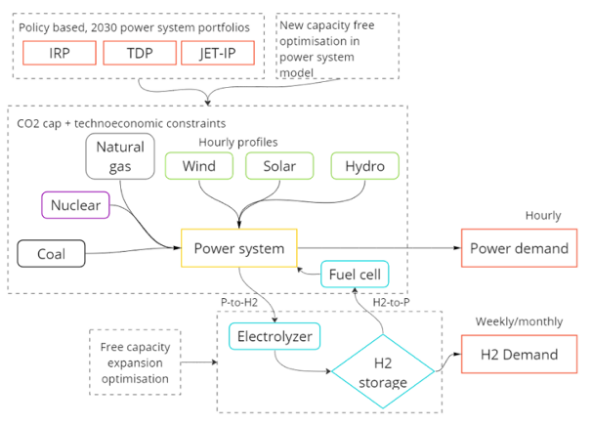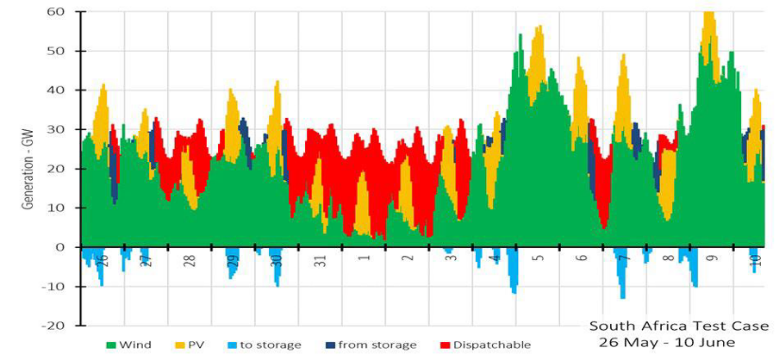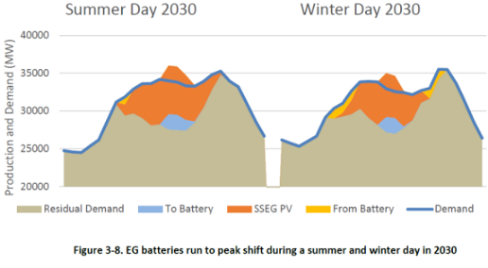Research Area:
CRSES Next
Project Status:
Completed, 2024
Funder:
NECOM, CSIR
NECOM was established to address the energy crisis in South Africa through various interventions, including new generation capacity (mainly increased deployment of renewables at utility scale and embedded generation), improving plant performance and transmission strengthening, and demand management. These interventions aim to reduce and ultimately eliminate load shedding, securing South Africa’s energy future. 1 Stellenbosch University, through CRSES, was tasked with specific research under Workstream 7, “Data Analytics and Research,” specifically focusing on demand-side technology options. This CRSES-driven project brought together various research efforts from energy and grid experts at SU, supporting NECOM in achieving its objectives and mission. The research questions included in this project are:
What are the prospects of grid-connected hydrogen production in SA by 2030?
CRSES, in collaboration with the University of Groningen, recently published a journal article investigating the prospects of grid-connected green hydrogen production in predominately fossil-based countries like South Africa. The paper specifically investigated the feasibility of meeting the Hydrogen Society Roadmap’s goal of 500 kt green hydrogen production by 2030 in South Africa.
What is the role of firm-dispatchable power in a variable generation power system?
Firm-dispatchable generation plays a critical role in balancing electricity grids that rely on variable renewable energy sources like wind and solar. Even with energy storage, enough firm capacity is needed to fully replace renewable generation during periods of average demand. The amount of energy provided by these plants depends on economic factors, but their installation is necessary.
In South Africa, accelerating firm-dispatchable generation is key to addressing the country’s energy challenges, including load-shedding. This can be achieved by repurposing old coal plants, using modular technologies, and promoting private investment to build a more reliable, cost-effective, and sustainable energy system.
What is the system-wide impacts of increasing embedded generation (EG) in the SA power system?
The rapid growth of behind-the-meter solar PV and battery installations in South Africa could lead to significant operational challenges, particularly with system balancing. To manage system flexibility and demand response effectively, detailed planning must incorporate flexibility requirements into iterative models. Additionally, tariff structures should incentivize and optimize the use of embedded generation (EG) batteries to reduce the impact of solar PV on the grid. Updated regulations are urgently needed to ensure visibility and control of EG systems.
What are the hosting capacity constraints for integrating embedded generation at the distribution level?
To increase hosting capacity for embedded generation (EG) at the distribution level, targeted policies and regulations are essential, especially for the commercial and industrial sectors. These sectors are well-suited for PV integration due to their larger loads, better compatibility, and higher thermal capacity in medium-voltage (MV) networks. Prioritizing EG system visibility and control, along with streamlining interconnection processes, will enhance grid management and accelerate EG integration.
Municipalities also need technical readiness and proactive planning to manage potential voltage regulation and congestion risks on distribution networks. Mitigation strategies must be implemented, ensuring sufficient human and financial resources are available.
What are the hosting capacity constraints for integrating embedded generation at the system level?
The embedded generation (EG) targets in the draft IRP align with system hosting capacity estimates for high-risk scenarios, highlighting grid challenges beyond the distribution level, such as reverse power flow and congestion, which could affect grid stability. Detailed technical studies are needed to assess the feasibility of 2030 EG targets within hosting capacity limits and to identify necessary reinforcement strategies.
The growing role of distribution networks in power generation requires improved coordination between municipalities and the system operator, ensuring regular communication on EG and hosting capacity status for effective regulation and operational control.
What are the opportunities of Demand Side Management as a load-shedding solution?
Demand Side Management (DSM) offers potential as a load-shedding solution, particularly through smart meter-based load limiting for non-self-rotating South African municipalities during NRS048-9 initiated load shedding events. While traditional DSM methods used by self-rotating municipalities to lower load-shedding stages are not applicable, the project explored a novel concept of load-shedding immunity. This approach allows self-rotating municipalities to maintain electricity during load-shedding events. Within this immunity framework, DSM initiatives could be used post-load shedding to prevent exceeding the notified maximum demand. Although DSM cannot directly reduce the severity of load shedding, it could still benefit non-self-rotating municipalities if implemented strategically. Further research is needed to develop a nationwide DSM framework and evaluate its costs and benefits for these municipalities.






